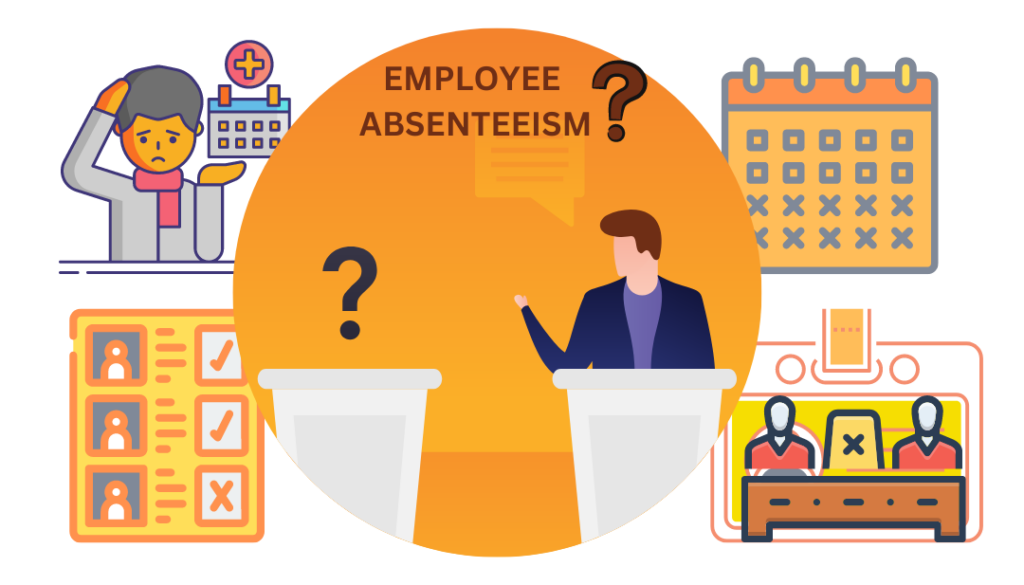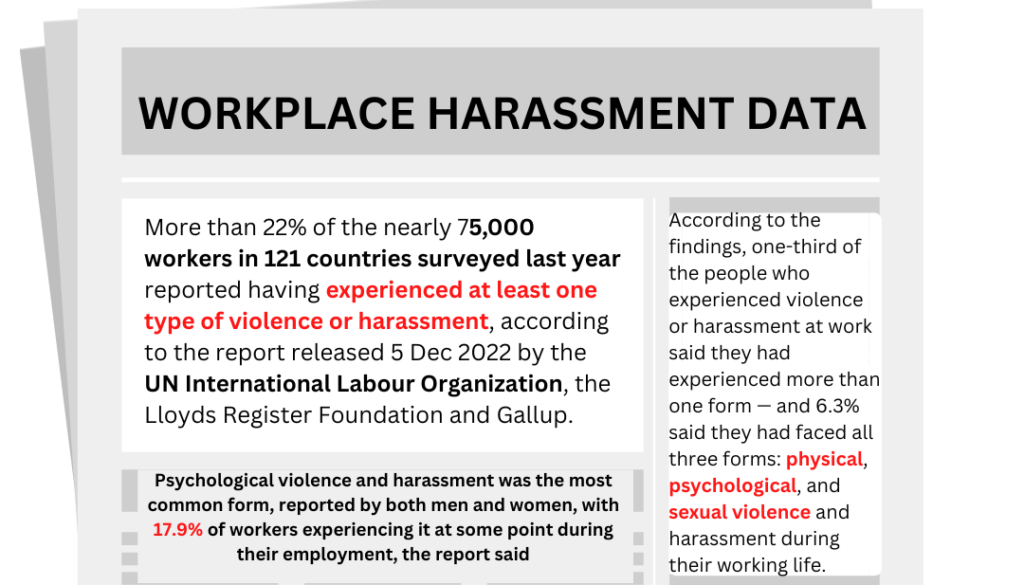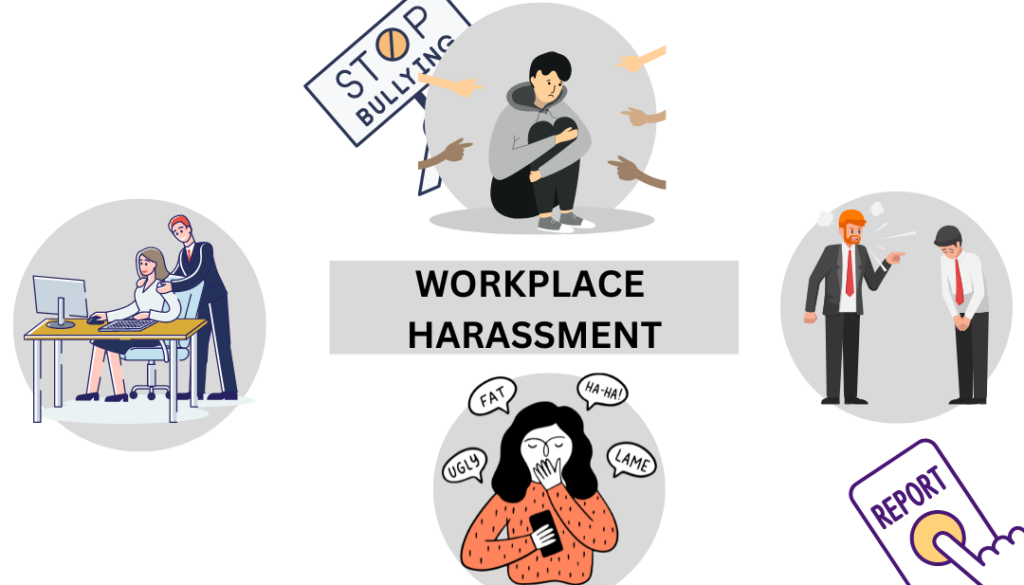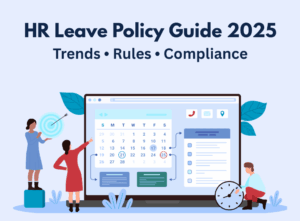Employee absenteeism impacts business performance. Managing a team at the workplace is one of the most challenging tasks a manager faces. A manager needs to build a team before building a project. Employee management continuously focuses on making an employee available for the right project and at the right time. And to understand this, let’s assume that you are a manager of a large, booming company. You have always succeeded in delivering on any given project, and you always assemble a top-notch team to ensure everything runs smoothly.
You were always on the lookout for people who shared their passion and enthusiasm for their work, and so far, you have been quite successful in finding suitable candidates. Today, however, you are facing a challenge you haven’t encountered before. You got a new project from the company and began building your team and selecting the candidates. Everything seemed to go as planned until you realized something was amiss one day. One key person was missing, someone you had chosen for this project – he was absent without giving any information when most needed.
Now you can easily imagine the level of your tension, as you know the consequences of this person’s absence from the project, and ultimately for the company.
Furthermore, it becomes much more problematic when employees make excessive, frequent absences.

What is absenteeism? Let’s understand that:
Absenteeism is a common issue in any organization. It has a direct impact on the employee management of a business. Therefore, it is essential to understand why employees take leave, what types of leave absences are, and their reasons. An employee remains absent for two reasons: One is a planned reason, and the other is unplanned.
Planned leave is a type of absence for which an employee apply in advance, and HR has already approved it. These leaves include annual earned leave, holidays, sick days, and parental leave. While management cannot stop employees from taking these leaves, they can still impact employee management. For example, a planned absence can put extra strain on the team and increase the workload for others.
While unplanned leave is an unapproved absence that an employee does not plan for in advance, this could include taking a day off without notifying the employer or simply not turning up to work. Unplanned leave can have a more severe effect on employee management as it is often unexpected and can cause disruption in the workplace.
Absenteeism happens in the case of unplanned leave. When an employee remains absent from the scheduled work without prior notice, we call that absenteeism.
How to calculate the rate of employee absenteeism at the workplace?
The organization can easily calculate the absenteeism rate with the help of an employee attendance system that records the absence data of an employee.
The attendance management software can easily calculate the days and dates when an employee or team member is absent. Now all you need is to get the number of workdays for that specific month or year for which you need the absenteeism rate.
With all the respective data, you can now easily calculate the absenteeism with the given formula:

Common Reasons responsible for absenteeism
Absenteeism is a severe problem a company faces in the current scenario. It is a costly and time-consuming problem that needs to be addressed by worker management and HRMS System to maximize the organization’s output. Many common reasons are responsible for absenteeism.

- Personal commitments
Personal commitments as a reason for absenteeism is when an individual takes time off of work due to personal matters, such as parental or child obligations, medical appointments of family members, or other family needs. This type of absenteeism is often inevitable owing to an immediate or unexpected requirement.
What can you do to prevent personal commitments from influencing your work?
- Do proper time management for family and work.
- Set clear expectations and communicate them.
- Prioritize and plan tasks.
- Establish a routine that works for everyone
- Avoid overburdening yourself and delegate certain tasks to family members.
- Ask for help whenever you need it.
- Health and medical issues
Employee poor health and medical issues are the reason for absenteeism when an employee is unable to attend work due to physical or mental health issues. In most cases, the cause is severe health complications, but we cannot deny that employees remain absent due to minor health issues. It often leads to a decline in productivity and lower morale, which can harm the overall project and team performance.
How to tackle health and medical issues at home?
- Follow best practices for personal hygiene.
- Exercise regularly and maintain a healthy diet.
- Get adequate rest and sleep.
- Avoid smoking and excessive alcohol consumption.
- Reduce stress through meditation and yoga.
- Take timely medications as prescribed by the doctor.
- Get regular check-ups and follow-up visits with the doctor.
- Follow safety guidelines while using hazardous substances and dangerous tools.
- Lack of motivation
Lack of motivation makes employees less likely to complete their work with the right attitude and more inclined to take unplanned leave. Employees who are motivated, on the other hand, make a genuine effort to finish their responsibilities and are hesitant to take unnecessary time off. Lack of motivation can happen due to several factors, such as a lack of recognition, feeling unimportant at the workplace, a poor worker management system, or a lack of engagement on the job. Low motivation can cause an increase in mistakes and lower productivity.
Strategies for boosting employee motivation:
- Create a workplace culture that emphasizes team spirit, collaboration, and recognition.
- Offer exciting and challenging projects.
- Allow employees to take ownership of their roles and responsibilities.
- Provide resources, coaching, and support to help them grow professionally.
- Offer competitive salaries and benefits.
- Listen to employees’ suggestions.
- Provide rewards, appreciation, and recognition for the achievements.
- Encourage open communication between managers and employees.
- Long commute
A long commute can be a major cause of absenteeism at the workplace. Commuting is a necessary part of life for most people and can take up a substantial portion of the day. Long commutes can make people feel exhausted before they even arrive at their workplace, leading to an increased likelihood of absenteeism.

Additionally, long commutes can lead to social isolation, as employees have less time to spend with friends and family or engage in leisure activities. Research has shown that long commutes make employees feel they are wasting their time travelling instead of working.
For these reasons, long commutes can be a significant contributor to absenteeism at the workplace.
How to tackle the long commute issue?
- Allow flexible working hours to reduce traffic
- Encourage carpooling
- Introduce remote working
- Provide employee transportation allowance.
- Use of public transport.
5. Poor pay and benefits
Like other factors, poor pay and inadequate benefits are among the most significant factors responsible for employee absenteeism. Poor wages can lead to financial instability and cause employees to miss work. Low wages and inadequate benefits also make it difficult for employees to take care of necessary things. It makes them feel that their salary is not meeting their needs or that their employer does not value them enough to provide practical benefits. And it often results in employees opting to stay home to look after themselves or their family members instead of coming to work.
Employers need a robust payroll management system and competitive pay scale to handle this situation. If you cannot raise your employee salary, you can offer non-income benefits such as more vacation days, flexible work hours, etc.
What can an employee do?
- Negotiate with the employer for better pay or benefits.
- Research and compare salaries and benefits of similar businesses in the field
- Look for other employment opportunities with better packages.
- Increase qualifications and skills to get a job with higher wages.
- Invest in additional training and education to increase marketability.
- Consider seeking part-time employment to supplement income.
6. Workplace harassment

Workplace harassment can significantly impact absenteeism at the workplace, as it creates an environment of fear and stress, making employees feel uncomfortable and unwilling to come to work.
Harassment can be Physical, Psychological, Verbal, and Sexual. Employees who face harassment become anxious, stressed, or depressed and choose to stay away from work. Sometimes, they take extended leave to avoid the situation. In addition, when employees do not get support from their co-workers or supervisors, they start to lack trust in their employers.
Harassment makes employees disengage and lose motivation, leading to lower productivity and increased absenteeism.

How to handle workplace harassment?
- Establish a zero-tolerance policy against workplace harassment.
- Provide training and education to employees on workplace harassment. Ensure having a reporting system in place.
- Encourage employees to speak up if they are experiencing any form of workplace harassment.
- Investigate every complaint with due diligence.
- Take disciplinary action against the perpetrator.
7. Stress and burnout
Stress and burnout can occur for various reasons, including overwork, lack of control or autonomy over their job, feeling undervalued or unsupported by their employer, and not having enough resources to do their job effectively. Employers must recognize the signs of stress and burnout in their employees and take appropriate steps to mitigate these issues. An open and honest dialogue between the employer and employee can help identify the employee’s stressors. And allow the employer to take steps to address them.
Measures to stress and burnout include:
- Allowing more flexible work hours.
- Providing additional training or resources.
- Ensuring that the workload is manageable.
8. Unclear job expectations
Unclear job expectations can lead to absenteeism in the office for a variety of reasons. When employees don’t understand their job descriptions, it can lead to confusion and frustration. If there are no clear timelines or goals for job completion, it can be difficult for employees to stay on track and remain motivated to come to work regularly. Ultimately, unclear job expectations can lead to feelings of disempowerment and dissatisfaction, making employees less likely to show up to work.
Ways to get job clarity-
- Communicate with your manager and supervisor to clarify your job role and expectations.
- Ask for written documentation outlining your job role and responsibilities.
- Make sure you understand the details of the job role, tasks, and expectations.
- Take the initiative to learn and grow within the workplace.
- Ask for feedback on how to do your job better.
- Develop a plan to meet the job expectations.
9. Unsupportive or poor working conditions
Poor workers’ management system causes poor working conditions, which can contribute to office absenteeism in several ways. First, it makes employees feel that their health and safety are at risk in specific environments. For example, poor lighting, too much noise, ventilation, dust and smoke, and excess heat can lead to physical discomfort and even illness, causing workers to stay away from work.
Lack of welfare facilities like proper sanitation, restrooms, and drinking water also contributes to employee absenteeism.
How can an organization handle this?
- Ensure a safe environment by implementing adequate safety and health measures.
- Provide comfortable working conditions such as good ventilation, temperature control, and lighting.
- Foster an open and collaborative work environment.
- Promote work-life balance.
- Address grievances and disputes promptly and fairly.
- Provide training and development opportunities for employees.
- Offer incentives for excellent performance.
10. Team Issues
Team issues are a common cause of absenteeism in the office. When team members don’t communicate effectively, trust each other, or do not get recognition, morale can suffer, and motivation can wane. As a result, employees show less work engagement and avoid coming to the office.
Remedies:
- To create a supportive and collaborative atmosphere.
- To have an open conversation during team meetings.
- To foster a sense of belonging and understanding to boost morale.
- To provide timely feedback, encouragement, appreciation, and motivation.
Conclusion:
Most organizations have attendance management systems to track employee absenteeism and ensure they can manage it effectively. However, various factors contribute to employee absenteeism. Organizations can address these issues by taking corrective steps, while others require employee effort.
Implementing a proper attendance and leave management system is critical to curbing absenteeism and ensuring that it does not adversely impact the business’s functioning. With an effective attendance management system, organizations can better monitor employee absenteeism and take corrective action when needed.


